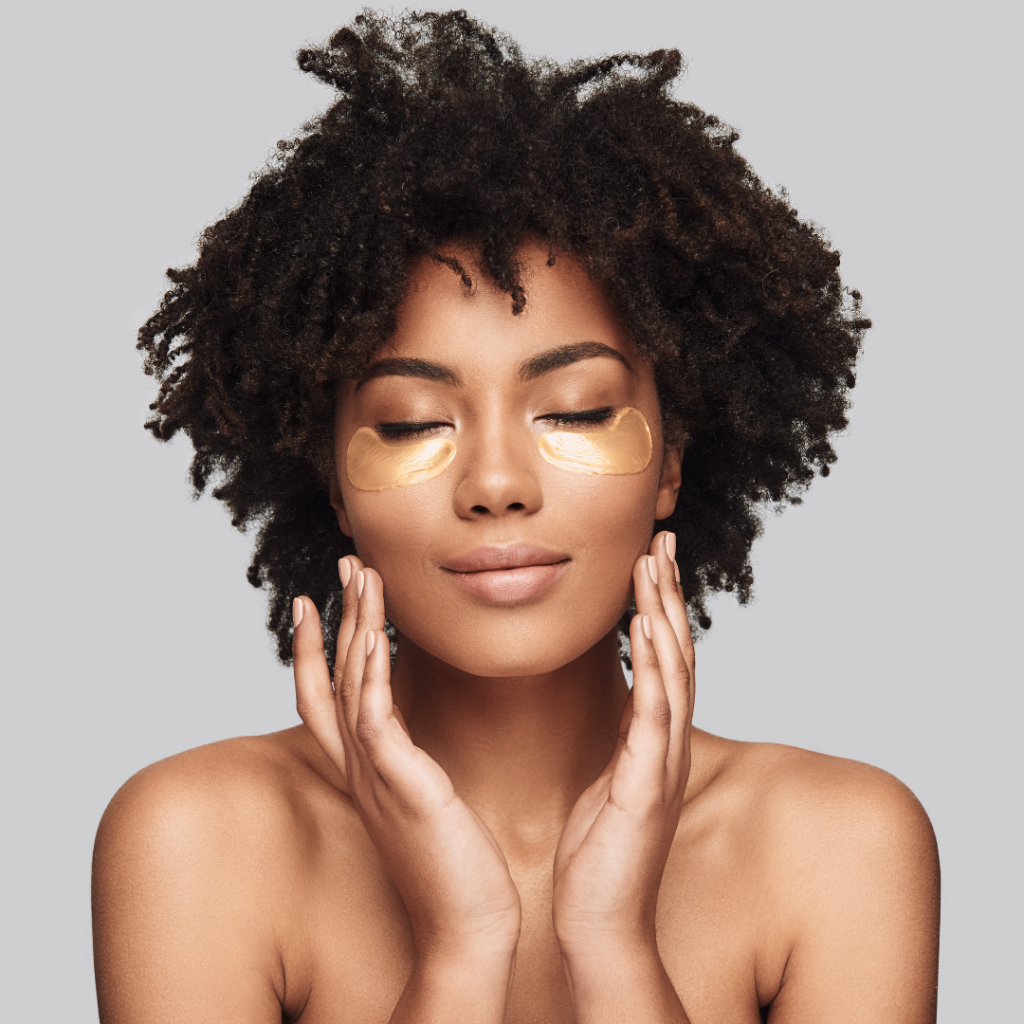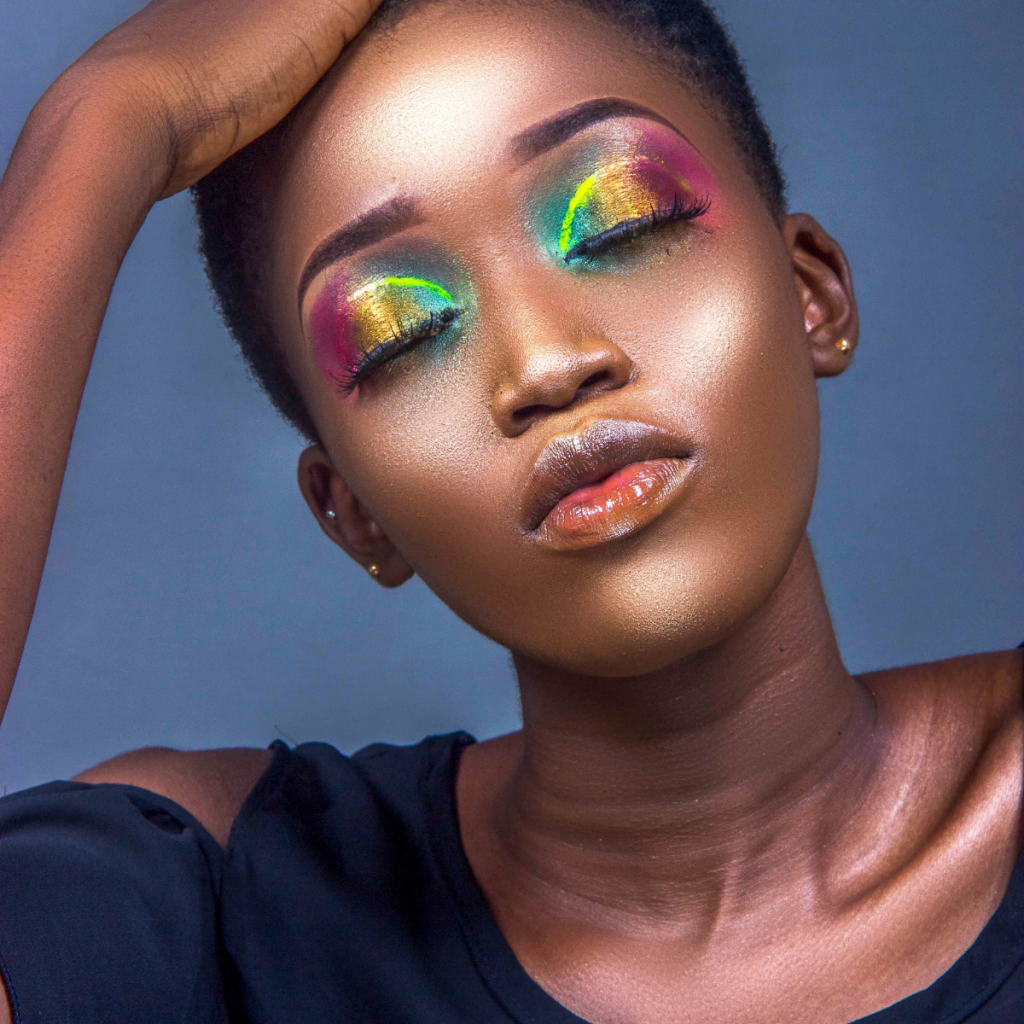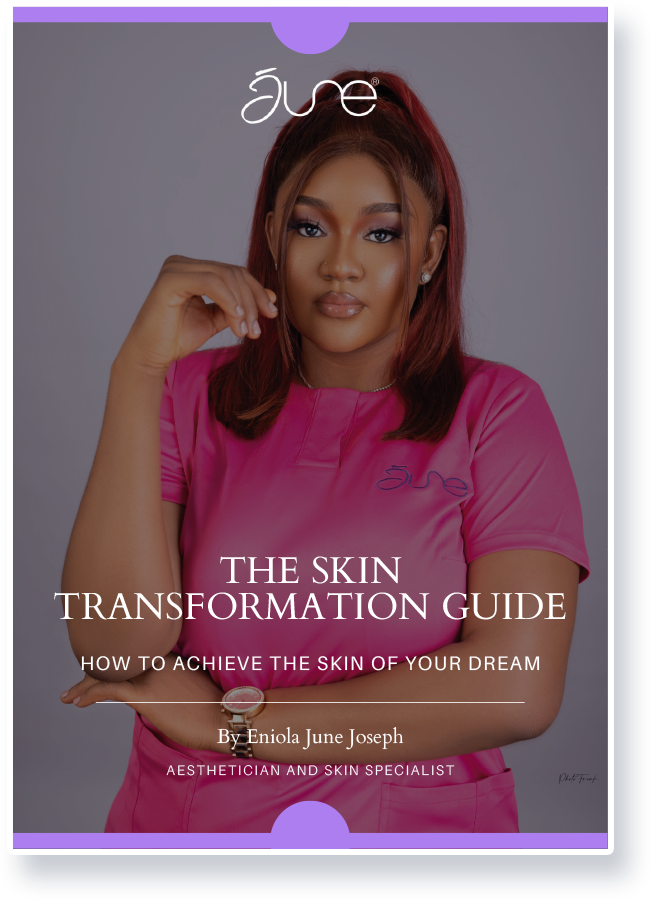How to know your skin type: Unlocking the secret to radiant and flawless skin starts with a fundamental question: “What’s my skin type?” In the bustling world of skincare, it’s crucial for every Nigerian beauty enthusiast to decipher their unique skin needs to truly unleash their inner glow.
Nigeria boasts a diverse tapestry of skin tones and textures, and understanding your dermis type is the first step toward a personalized and effective skincare routine. So, brace yourself for an enlightening journey as we delve into the captivating realm of skincare, unraveling the mysteries of your skin type and empowering you to embrace your natural beauty like never before.
What is Skin Type?

Skin type refers to the inherent characteristics and behavior of an individual’s skin, acting as a blueprint that determines how the skin functions, reacts, and interacts with its environment. It’s like a fingerprint, unique to each person, showcasing a captivating blend of attributes that include factors such as oil production, hydration levels, sensitivity, and susceptibility to various skin concerns.
Just as the Nigerian landscape boasts an array of breathtaking vistas, so too does the world of skin types in this vibrant nation, ranging from the oily, dry, combination, and sensitive to the ever-elusive and delicate normal skin type. Understanding your skin type is akin to holding a mirror up to your complexion, revealing its quirks, strengths, and vulnerabilities, empowering you to embark on a tailored skincare journey to nurture and enhance your natural beauty.
Reasons You Need to Know Your Skin Type

Knowing your skin type is a crucial foundation for achieving healthy, radiant, and vibrant skin. It serves as a compass that guides you toward the right skincare products, routines, and practices that are specifically tailored to your skin’s unique needs. Here’s an encompassing overview of the reasons why knowing you need to know the type of skin you have
Personalized Skincare:

Understanding your skin type allows you to curate a skincare regimen that addresses your specific concerns. Whether you have oily skin prone to breakouts, dry skin craving hydration, or combination skin with different needs in various areas, tailoring your products and routines accordingly ensures optimal results.
Targeted Problem-Solving:
Identifying your skin type empowers you to address specific issues more effectively. Whether it’s managing acne, combating signs of aging, or soothing sensitivity, knowing your skin type helps you choose products and ingredients that target those concerns directly.
Product Selection:
With a multitude of skin care products available, knowing your skin type narrows down the choices and prevents wasted time and money on products that are ill-suited for your needs. You can focus on selecting formulas that are compatible with your skin, enhancing their efficacy, and minimizing the risk of adverse reactions.
Optimal Moisture Balance:
Different skin types have varying levels of natural hydration. Understanding your skin type enables you to strike the right balance by choosing moisturizers that provide adequate hydration without overwhelming oily skin or leaving dry skin parched.
Sensitivity Awareness:
If you have sensitive skin and are prone to reactions from certain ingredients or environmental factors, knowing your skin type helps you identify potential triggers and select gentler, non-irritating products to maintain a healthy and calm complexion.
Sun Protection:
Skin types also differ in their tolerance to sun exposure. By knowing your skin type, you can determine the appropriate level of SPF protection needed, ensuring that your skin is shielded from harmful UV rays and reducing the risk of sunburn, premature aging, and skin cancer.
Prevention and Early Detection:
Being aware of your skin type allows you to monitor changes and identify potential skin issues early on. Regularly examining your skin can help you detect signs of skin cancer, unusual moles, or other concerning conditions, prompting timely medical attention if needed.
By knowing your skin type, you gain insights into your skin’s unique characteristics, enabling you to make informed choices and embark on a skincare journey that promotes health, radiance, and self-confidence.
Step-by-Step Instructions to Determine your skin type
Determining your skin type is an essential first step in understanding how to care for your skin effectively. Here’s an encompassing overview of step-by-step instructions to help you identify your skin type:
Start with a Clean Face
you should thoroughly wash your face to remove any dirt, oils, makeup, or other impurities before beginning the assessment. This instruction is important because these factors can affect the appearance and condition of your skin, potentially masking its true characteristics. Begin by thoroughly cleansing your face using a gentle cleanser to remove any dirt, makeup, or impurities. Ensure your face is free from any residual products.
Let Your Skin Rest
After cleansing, it’s essential to allow your skin to return to its natural state. Give it about an hour without applying any products, touching your face, or exposing it to external factors. This will allow your skin to return to its natural state and provide accurate results.
Blotting Paper Test
Please take a few pieces of blotting paper or rice paper and gently press them against different areas of your face, focusing on your T-zone as well as the cheeks.
Oily Skin: If the blotting paper appears oily and transparent after pressing it against your skin, you likely have oily skin. Oily skin tends to produce excess sebum, leaving a noticeable residue on the paper. If your skin appears shiny, greasy and feels slick to the touch, you likely have oily skin. You may also notice enlarged pores and a tendency for acne or breakouts.
Dry Skin: If the blotting paper shows little to no oil or moisture, and your skin feels tight or flaky, you most likely have dry skin. Dry skin is not naturally hydrated and may exhibit rough patches or dullness. If your skin feels tight, rough, and flaky, and lacks oiliness or dewiness, you likely have dry skin. It may also appear dull and may have visible fine lines.
Combination Skin: If the blotting paper reveals an oily T-zone but is relatively dry on the cheeks, you probably have combination skin. Combination skin features both oily and dry areas. combination skin is the characteristics of both dry and oily skin
Normal Skin: If the blotting paper shows minimal oil and your skin feels balanced and comfortable, without any noticeable dryness or excess oil, you likely have normal skin. Normal skin typically has a healthy, even complexion. If your skin appears balanced, with no excessive oiliness or dryness, and has a smooth texture and even tone, your skin type can be normal skin. Normal skin tends to be less prone to breakouts or sensitivity.
Visual Examination Test
Look closely at your skin in a well-lit area and observe any additional characteristics that can help determine your skin type.
Oily Skin: Oily skin often appears shiny, especially in the T-zone. It may have enlarged pores and be prone to acne or breakouts.
Dry Skin: Dry skin may appear dull, feel tight or itchy, and have a rough texture. for dry skin Fine lines and flaky patches can also be visible.
Combination Skin: Combination skin may show oiliness in the T-zone, including the forehead, nose, and chin, while the cheeks appear normal or dry.
Normal Skin: Normal skin generally has a balanced appearance with minimal oiliness or dryness. It appears healthy and has a smooth texture.
Sensitivity Assessment
Consider whether your skin tends to react negatively to certain products or environmental factors. If your skin is easily irritated, prone to redness, or exhibits signs of sensitivity, note that as well you might have sensitive skin for your skin type.
By combining the results of the blotting paper test, visual examination, and sensitivity assessment, you can determine your skin type and proceed to develop a personalized skincare routine that caters to its specific needs. Remember, skin types can change over time due to factors like aging, hormonal fluctuations, or environmental influences, so it’s beneficial to reassess periodically.
Key Considerations For Success to determine different types of Skin
Successfully determining your skin type involves considering several key factors. Here are the primary considerations to keep in mind:
Observing Oiliness: Pay attention to the level of oil or sebum production on your skin. Excessive oiliness often indicates oily or combination skin, while minimal oil suggests dry or normal skin.
Assessing Dryness: Note any signs of dryness, such as tightness, flakiness, or a dull complexion. Dry skin lacks moisture and may feel rough or itchy.
Analyzing the T-Zone:

Focus on the forehead, nose, and chin, known as the T-zone, as it tends to be a common area for oiliness. Determine if the T-zone appears shinier or oilier compared to the rest of your face, indicating a combination or oily skin type.
Evaluating Cheeks and Other Areas:

Observe the cheeks and other parts of your face that are not part of the T-zone. These areas can provide insight into whether your skin is normal, dry, or in combination.
Noting Sensitivity: Consider whether your skin is prone to sensitivity or reacts negatively to certain products, environmental factors, or changes in weather. Sensitivity can be an additional characteristic to consider alongside your skin type.
Examining Pores: Look closely at the size and visibility of your pores. Oily skin often has larger, more noticeable pores, while dry or normal skin tends to have smaller, less prominent pores.

Considering Breakouts and Blemishes: Take note of your skin’s tendency to experience breakouts, acne, or other blemishes. Oily or combination skin types are more prone to these issues than dry or normal skin types.
Analyzing Texture: Assess the overall texture of your skin. Oily skin can have a slick or greasy feel, while dry skin may feel rough or uneven. Normal skin generally has a smooth and balanced texture.
By carefully considering these factors and taking note of the specific characteristics exhibited by your skin, you can successfully determine your skin type and make informed decisions about the most suitable skincare products and routines to meet your skin’s unique needs.
Alternatives to Knowing Your Skin Type
While knowing your skin type is highly beneficial, there are alternative approaches you can take to care for your skin if you’re unsure about your specific skin type. Here are some alternatives to consider:
All-in-One or Universal Products
Instead of tailoring your skincare routine to a specific skin type, you can opt for all-in-one or universal products that are designed to be suitable for a wide range of skin types. These products often aim to provide balanced hydration and address common skincare concerns without targeting specific skin type nuances.
Seek Professional Advice
If you’re uncertain about your skin type or want a more accurate assessment, consulting with a dermatologist or skincare professional can be immensely helpful. They can examine your skin, ask about your concerns, and provide personalized recommendations based on their expertise and professional assessment.
Patch Testing
If you’re unsure about your skin’s reaction to new products, performing patch tests can be an alternative approach. Apply a small amount of the product to an inconspicuous area of your skin, such as behind the ear or on the inner arm, and monitor the area for any adverse reactions or irritations. This method helps determine sensitivity or compatibility with specific ingredients rather than identifying your skin type.
Wrapping Up
In conclusion, understanding your skin type is crucial for developing an effective skincare routine and selecting the right products. By assessing the characteristics and behaviors of your skin, you can determine whether you have oily, dry, combination, or sensitive skin. This knowledge empowers you to tailor your skincare regimen to address specific concerns and maximize the benefits.
Remember, it’s always beneficial to consult with a skincare professional or dermatologist if you have any concerns or need personalized recommendations. Embrace the journey of discovering your skin type, and enjoy the rewards of a well-cared-for complexion. Your skin will thank you!







